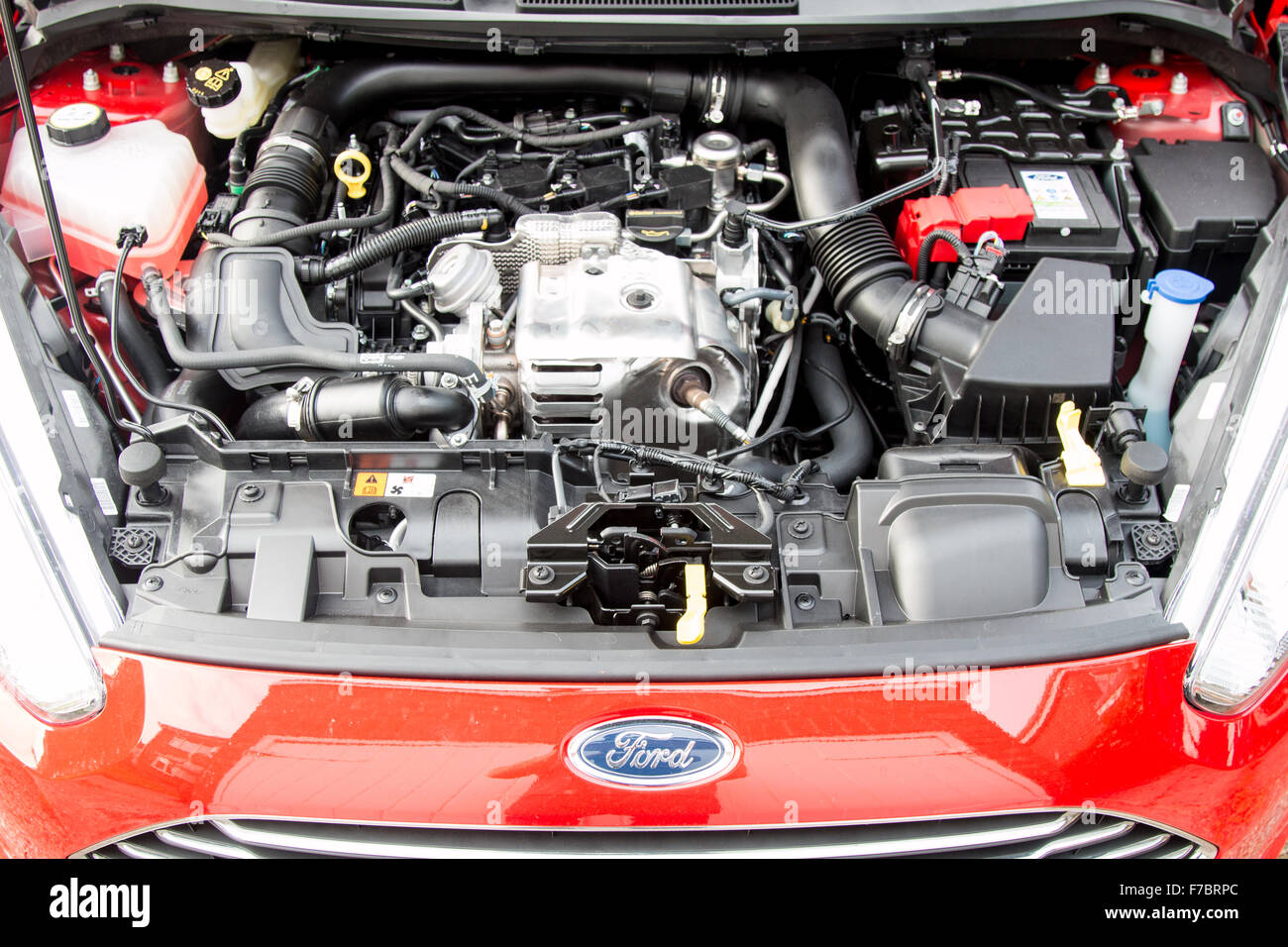Top Ford Fiesta Engine Repairs to Avoid Costly Damage
Top Ford Fiesta Engine Repairs to Avoid Costly Damage
Blog Article
Checking Out the Development of Engines: From Classic Designs to Modern Marvels
From the first steam engines that powered the Industrial Transformation to the development of internal burning engines that transformed movement, each stage has added to better efficiency and capability. As we analyze these landmarks, one must consider how the future of engine style might unfold, challenging our understandings of power and performance.
The Birth of Engine Innovation
The arrival of engine innovation marked a critical minute in human development, transforming power conversion and transport. The earliest engines arised from the requirement to harness mechanical power for useful usage, leading to the advancement of gadgets that converted different power types right into motion (ford fiesta engine).
The growth of the internal combustion engine and the development of the vapor engine catalyzed an extensive shift in commercial abilities. These engines not only improved efficiency yet likewise increased the extent of human movement, making it possible for unmatched transportation opportunities. The early models laid the foundation for the mechanical world, assisting in the increase of industries and reshaping social frameworks.
As engine styles progressed, they included ingenious materials and progressed engineering principles, paving the way for modern-day advancements - ford fiesta engine. The birth of engine technology sparked a ruthless quest of efficiency and power, establishing the phase for the dynamic advancement of transport and commercial machinery that would certainly comply with
Vapor Engines and Their Impact
The heavy steam engine's impact was particularly obvious in the transport field (ford fiesta engine). Steam-powered engines promoted the quick motion of products and individuals throughout vast ranges, properly reducing the geographical obstacles that had actually previously hindered profession and interaction. In a similar way, steamships transformed maritime traveling, permitting quicker and extra trustworthy crossings of oceans and rivers.
In industry, vapor engines powered manufacturing facilities, enabling mass manufacturing and the surge of urban facilities as centers of economic task. Steam modern technology fostered advancements in engineering and production procedures, laying the groundwork for future innovations in engine layout.
The Rise of Inner Combustion
Regularly outweighing heavy steam power, the rise of internal burning engines noted a transformative change in transportation and sector throughout the late 19th and very early 20th centuries. The growth of these engines, identified by their ability to shed fuel within the engine itself, enabled better effectiveness and power contrasted to traditional steam engines. Pioneering innovators such as Nikolaus Otto and Rudolf Diesel played important functions in perfecting engine layouts, leading to extensive fostering in automobiles, watercrafts, and industrial equipment.
The interior burning engine's compact size and relatively light-weight nature promoted the development of personal vehicles, revolutionizing private movement and improving city landscapes. By allowing faster traveling and the efficient transport of products, these engines catalyzed economic development and promoted globalization. The flexibility continue reading this of fuel choices, consisting of gas and diesel, further improved their charm, enabling diverse applications across different markets.
In spite of the ecological issues that would certainly later arise, the preliminary allure of interior combustion technology stocked its transformative possibility. As society welcomed this development, the structure was laid for contemporary transportation systems, developing inner combustion engines as a cornerstone of commercial advancement and every day life throughout the 20th century.
Developments in Engine Performance
As interior combustion engines came to be essential to transportation and market, the emphasis changed towards improving their performance to satisfy expanding needs for performance and sustainability. Advancements in engine style, product science, and technology have considerably added to this development.
One major innovation is the development of turbocharging, which enables boosted air intake, causing even more complete gas burning and boosted power outcome without expanding engine size. In addition, variable valve timing systems have actually been applied Our site to optimize engine performance throughout numerous RPM arrays, consequently boosting gas effectiveness.
The use of sophisticated gas injection innovations, such as direct shot, has actually additionally played a crucial duty. This method allows for even more exact control over the fuel-air combination, promoting better burning and lowering exhausts. Lightweight materials, consisting of aluminum and composite components, have been adopted to reduce total engine weight, leading to boosted effectiveness.
These developments mirror a broader trend within the automobile sector, where the harmony in between engineering advancement and environmental considerations drives the continuous mission for greater effectiveness in inner burning engines. Therefore, modern engines are now more effective, cleaner, and reliable than ever, leading the way for a more lasting future in transportation.
The Change to Electric Power
With growing problems over ecological influence and fossil gas dependence, the automotive market is experiencing a considerable change in the direction of electrical power. This change is driven by a combination of technological innovations, governing pressures, and altering customer choices. Electric cars (EVs) offer a compelling alternative to traditional inner combustion engines, flaunting lowered greenhouse gas discharges and lower operating costs.
The rise of battery modern technology has actually been a game changer, with lithium-ion batteries coming to be more affordable and efficient. Boosted power thickness and faster charging abilities have made EVs extra functional for day-to-day use. Federal governments worldwide are executing motivations and establishing enthusiastic targets for phasing out fossil gas lorries, thus increasing the fostering of electric power.
As billing framework expands and battery innovation continues to enhance, the shift to electric power is poised to reshape the vehicle landscape, promoting sustainability and advancement in the years to come. The future of transport is electric, and the energy is obvious.
Verdict
The development of engine innovation represents a significant trajectory of innovation that has actually exceptionally affected transport and market. From the fundamental vapor engines to the transformative inner visit this page burning engines, each growth has actually added to boosted flexibility and financial growth.

Report this page